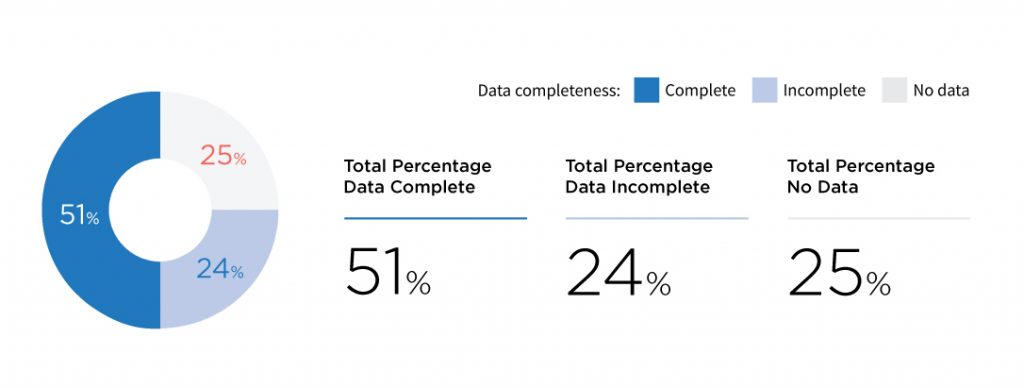Share
The goal of The State of Open Humanitarian Data 2021 is to increase awareness of the data that is available to inform humanitarian operations around the world and to highlight what is missing, as measured through OCHA’s Humanitarian Data Exchange (HDX) platform. In a year dominated by the COVID-19 pandemic and its devastating impact on already-vulnerable populations, we saw record-breaking demand for data in the humanitarian sector coupled with persistent data gaps.
In the second year of producing this report, it is evident that relevant, complete, and timely data is essential for understanding current humanitarian crises and anticipating what comes next. We can see that the humanitarian data ecosystem is getting stronger as more organizations shift from manual to automated ways of sharing data and as awareness around the importance of responsibly collecting and sharing data increases.
As the go-to place for humanitarian data, HDX is a useful proxy for measuring data activity and availability on a global scale. We do this through the Data Grids, which bring together a limited set of foundational datasets within six comparable categories. At the start of 2021, we estimate that just 51 percent of relevant, complete crisis data is available across 27 humanitarian operations. If we add the data that is relevant but incomplete, the total is 75 percent. This leaves 25 percent of categories with data that does not meet the criteria or with no data.
Chad and Mali share the highest degree of data completeness at 70 percent. Ukraine and Zimbabwe share the lowest at 26 percent each. Population and socio-economy is the most complete data category. Health and education is the least complete category.
In addition to providing details on data availability across locations, the report includes a closer look at our partnership with the Integrated Food Security Phase Classification that helped to increase the availability of food security data across several countries. We also show how data available on HDX and from new sources supported the development of the OCHA-Bucky model that forecasts the number of COVID-19 cases, hospitalizations, and deaths in six countries with humanitarian operations.
Improving data availability takes time, focus, and resources, both for those collecting and sharing data as well as those tasked with turning data into actionable insights. We look forward to working with new and existing partners in the year ahead to close data gaps and increase the impact of data in our sector.
The data completeness status for each location is always available on HDX, both on the relevant location page and on the Overview of Data Grids page. We will periodically review the categories to see if they should be removed or expanded and would welcome feedback on possible improvements. Please be in touch with questions or comments at centrehumdata@un.org.


